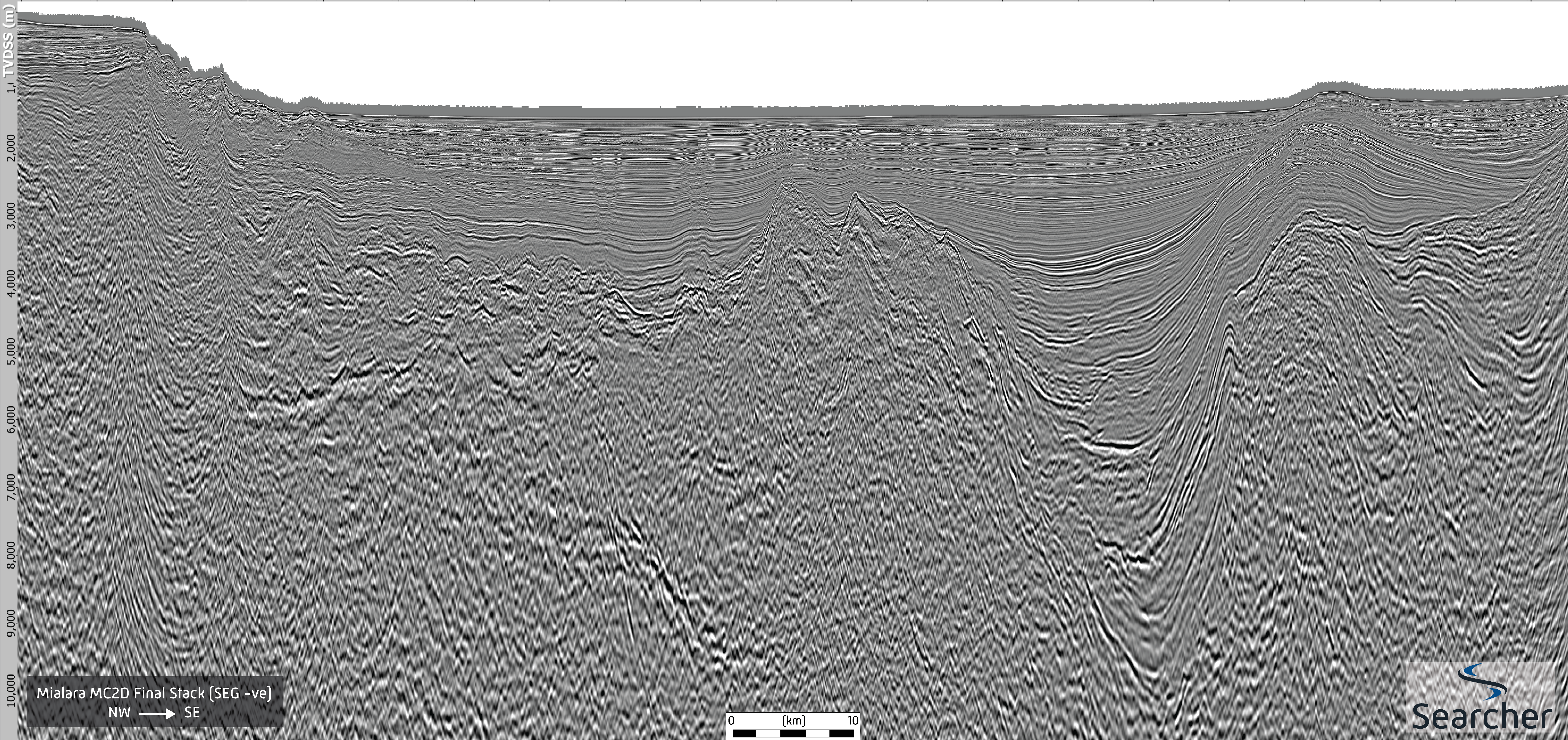
East of Eden: The Mialara basin, the Philippines’ last low-risk frontier for exploration greatness
Arguably the first subterranean explorer to return from the untrodden lands below was the Argonaut Orpheus, descending to the Underworld to retrieve his wife Eurydice. Although the geology of this adventure is not recorded, it was a successful retrieval until just short of success, he looked behind him to check his wife was following and in doing so, Eurydice was lost forever. Doubt, a mixture of a lack of data and an imperfect model of the intentions of the gods crushed Orpheus’s endeavour. Similarly, explorers in frontier basins must carry colossal uncertainties in the veracity of their earth vision, models, and of course the intentions of the gods of chance, to a degree that can overwhelm. One tool against these doubts is improved seismic imaging as this can not only give greater confidence in the subsurface understanding, but it can also reveal new insights that can stack the odds in the explorer’s favour.
Mialara Sub-Basin setting
The multiphase tectonic evolution of the Philippines has resulted in a glittering array of complex structural settings including mobile arcs, accretionary terrains and spreading centres. The Palawan area of interest is primarily underlain by a sliver of micro-continental crust while the West Philippines (South China) and Sulu Sea basins are underlain by oceanic crust related to back arc spreading in the Early Miocene.
Previously unrecognised in the East Palawan Basin, modern seismic data has revealed a series of en-echelon grabens with over ten km of sedimentary fill. This area has been very little explored to date and is designated the Mialara Sub-Basin.
The Silangan-1 (Shell, 2011) was the most recent well drilled in the area in a basinal location west of the graben system and terminated in the Middle Miocene. This well targeted a stacked series of apparent flat spots (potential Direct Hydrocarbon Indicators), that Searcher’s more recent Mialara 2D dataset reveals to be just coincidental flat reflectors – the toes of slump faults, with no AVO support. However, the Maniguin-2 well was drilled in 1994 by PNOC to the west of the area on flank of the Mindoro-Cuyo Platform. This well tested 300 bopd of waxy oil from a Lower Miocene sandstone reservoir (the Semirara Formation). Indeed, the Lower to Middle Miocene sandstones in adjacent wells (Semirara-1 and Maniguin A-1X) also have high porosities (9 – 31 %) and permeabilities (< 1,070 mD). Samples from the basal Miocene section in Maniguin-2 exhibit good to excellent source potential. The Maniguin-2 well results have been used to calibrate temperature and heat flow data input into northern East Palawan burial history model (Figure 1).

This basin model, when applied to the graben systems mapped across the Mialara Sub-Basin indicates that oil will currently be generating in the Graben systems perfectly situated to charge the overlying clastic turbidite systems and the horst flank carbonate build-up plays. Abundant fluid migration features are observed on the new seismic data (DHIs and gas chimneys).

The undrilled Miocene carbonate reef facies, analogous to the Nido Limestone targeted in fields across Northwest Palawan, are observed on Searchers 2D seismic dataset in the Mialara basin and provide targets with excellent reservoir quality. In this area however, the focus is shifting from the proven Philippine carbonate plays towards quartz rich coarse classic plays. The Mialara data uncovers several stratigraphic and structural leads including channels with differential compaction suggesting coarse clastic fill, Pre-Miocene horst blocks and tilted fault blocks. The exploration wells in the region have been drilled on the edges of the Basin and, although three of these encountered poor quality clastic reservoirs in the Early to Middle Miocene strata, these sediments were quartz-rich and appear to be of continental origin, likely shed from a provenance area on the adjacent Cuyo-Mindoro platform. The low permeability in these sediments is associated with very poorly sorted conglomerates, probably deposited as alluvial fans very close to the edge of the basin. It would seem likely that depositional environments elsewhere in the basin are highly likely to generate conditions more favourable to the development of good porosity and permeability.

The high quality of modern 2D seismic data in East Palawan provides a clearer image of the structural and stratigraphic framework and provides evidence of the existence of a viable petroleum system in the unexplored East Palawan Basin. Such data reduces uncertainty on the hydrocarbon systems and removes any lingering doubt that these basins will be both prolific and successful. Armed with such data the modern-day Orpheus, confident in their earth vision, indeed able to see the object of desire (DHI’s) ahead of the drill bit, can return to the challenge of the Greek Myth, seeking to recover the prize from the depths without a shred of doubt. It is time to rewrite the story here and usher in a new age of exploration success to the Philippines.




